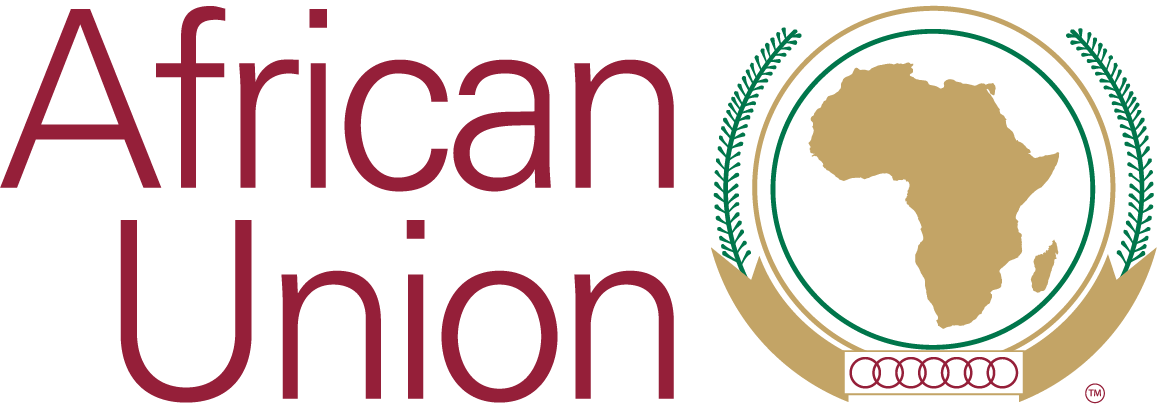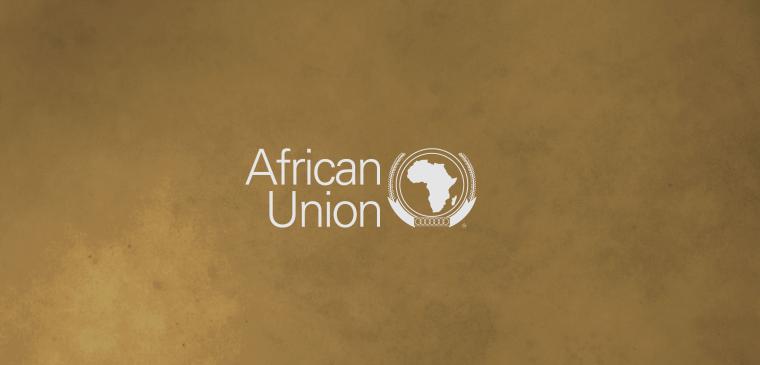Topic Resources
May 21, 2020
April 29, 2019
8 High-Level Dialogue The Year Of Refugees, Returnees And Internally Displaced Persons Towards Durable Solutions To Forced Displacement
November 28, 2018
February 10, 2022
Agenda 2063 is Africa’s development blueprint to achieve inclusive and sustainable socio-economic development over a 50-year period.
February 14, 2025
February 13, 2025
February 16, 2025
February 15, 2025




